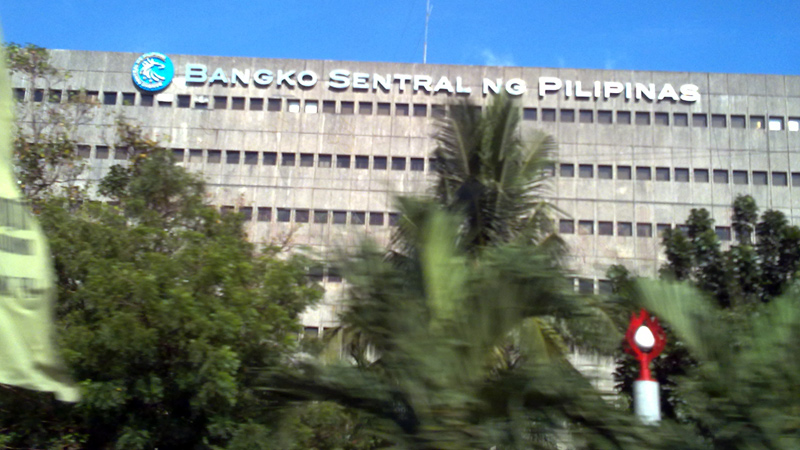The Bangko Sentral ng Pilipinas (BSP) would likely keep its ultra-tight monetary policy settings unchanged at its meeting later this week, although monetary authorities would maintain their “less hawkish” tone that had put the peso in much distress in recent weeks.
All nine economists polled by the Inquirer expect the BSP’s policy rate to stay at a 17-year high of 6.5 percent at the June 27 meeting of the Monetary Board (MB), the highest policymaking body of the central bank.
Although inflation remained within the BSP’s 2-percent to 4-percent target range so far this year, analysts said a weak peso that had fallen to a near 20-month low is preventing the MB from easing much sooner.
“Despite the [foreign exchange] pressures mounting on the economy, we don’t think the BSP will make any change in its tone,” Aris Dacanay, economist at HSBC Global Research, said.
While many economists had attributed the bearish sentiment on the peso to hawkish signals from the US Federal Reserve—which is expected to delay its rate cuts amid persistently high inflation stateside—some observers also said the volatility can also be due to recent dovish remarks from some BSP officials.
BSP Governor Eli Remolona Jr. had said the central bank might start loosening its monetary policy settings in August by 25 basis points (bp), while penciling in another rate cut of the same size thereafter for a total of 50-bp reduction for the year.
Ahead of the Fed?
Remolona also floated the possibility of the BSP cutting ahead of the Fed. Figures showed inflation quickened to 3.9 percent in May from 3.8 percent in the previous month, which was not as bad as many analysts had expected.
But there are also some market watchers who pointed out that the BSP cannot ease ahead of the Fed.
This is because the peso may come under pressure if local yields become less attractive to foreign investments seeking high returns while interest rates are still high elsewhere, especially in the US which is considered a safe haven by investors.
A sharp currency slump could risk fanning inflation by making imports more expensive. It can also bloat the value of foreign debts held by the government and Philippine companies.
“The peso’s fragility, exacerbated by external economic pressures and capital outflows, makes a compelling case for maintaining higher interest rates to support the currency and mitigate potential inflationary pressures from further depreciation,” Robert Dan Roces, chief economist at Security Bank, said.
“Furthermore, the Federal Reserve’s recent monetary policy pronouncements could also influence the BSP’s stance, as synchronized actions may be necessary to manage cross-border financial stability and prevent disruptive capital movements,” he added.
Miguel Chanco, economist at Pantheon Macroeconomics, said the BSP would have to see a more convincing easing of inflation before making a move.
“I’m expecting a continued rate hold, especially as there’s still a small risk that inflation temporarily breaches the BSP’s target range in the June [consumer price index] report,” Chanco said.
“The headline should start to turn around sustainably by the time of the BSP’s next meeting, in August, when we expect it to start a rate-cutting cycle, beginning with a 25-bp reduction,” he added. INQ
